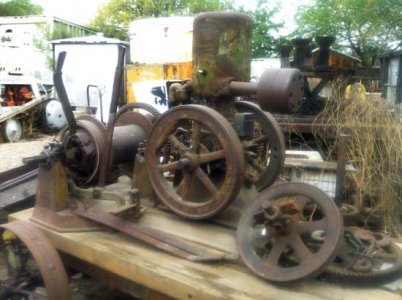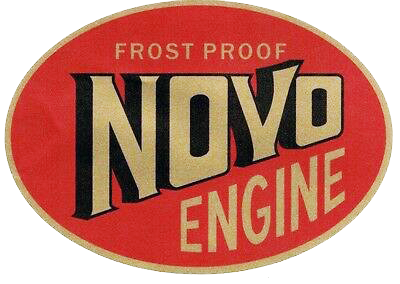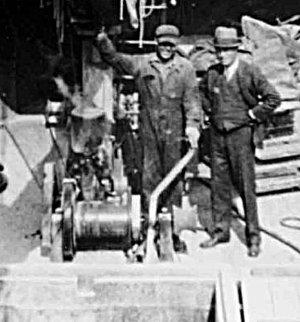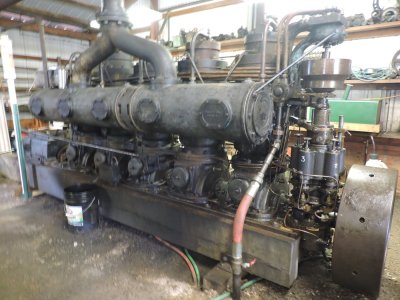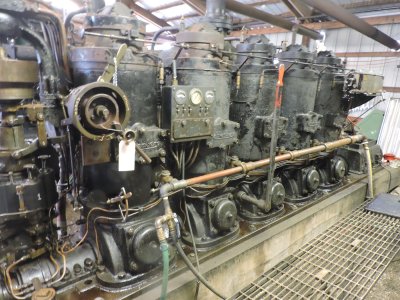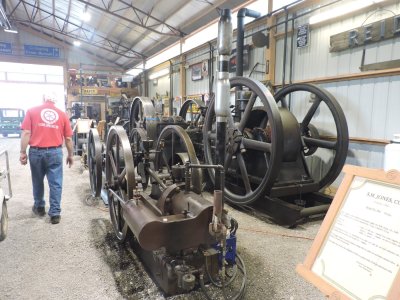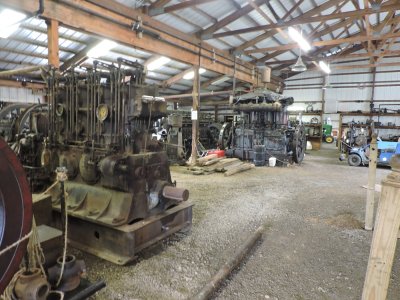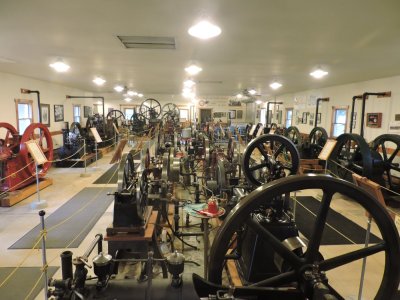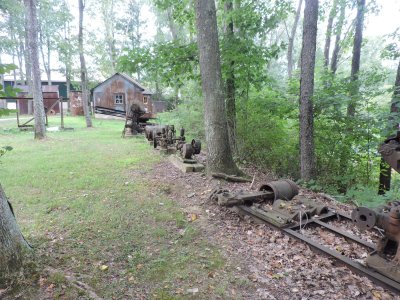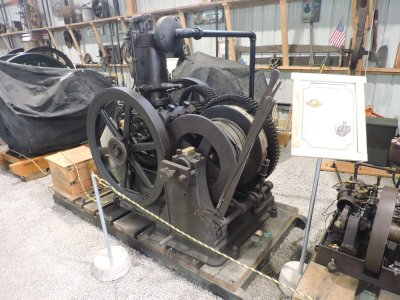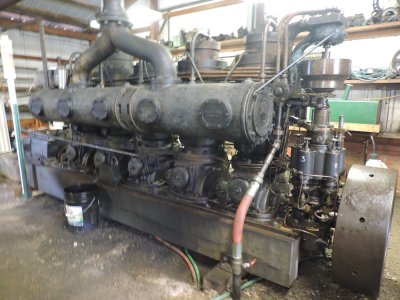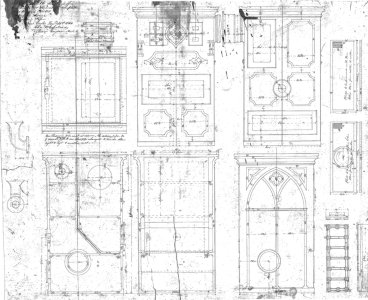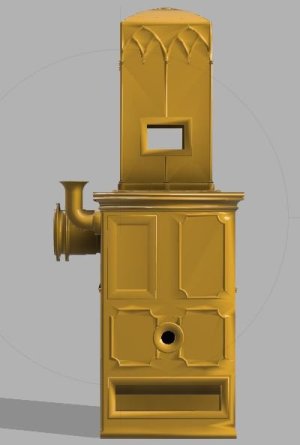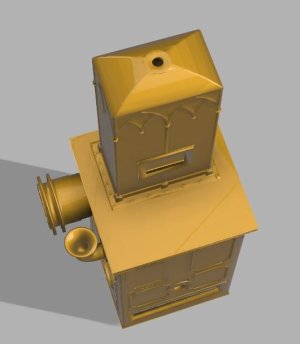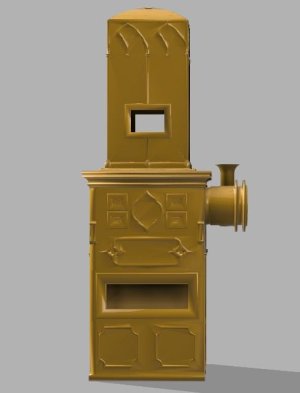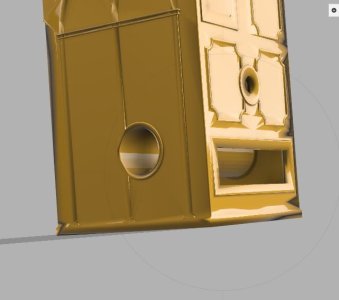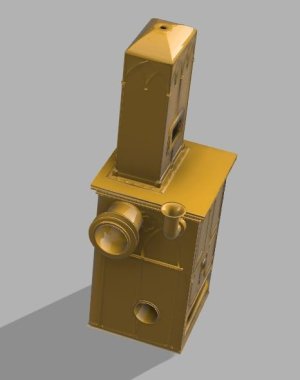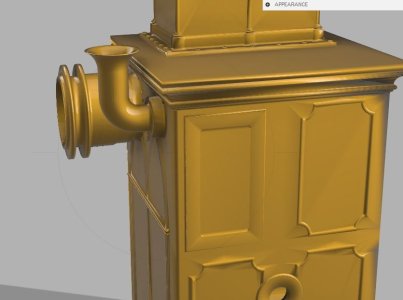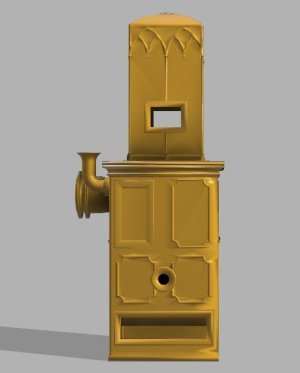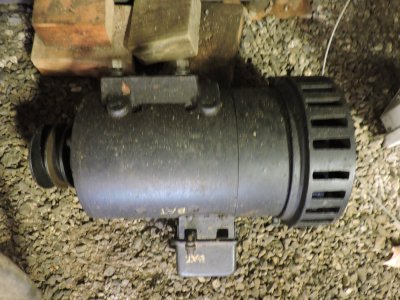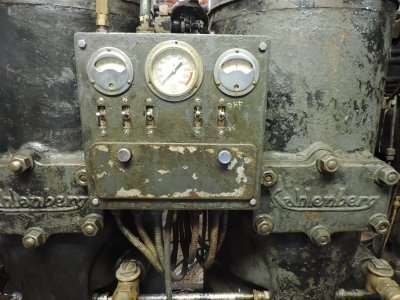It looks like you had a great trip to the museum. So! Here’s the question. Did White Swan have an electrical plant capable of powering a winch? Electric generating plants aboard ships, first called “lighting plants” made an appearance aboard Great Lakes vessels in the mid 1880’s but many ships continued to sail without them. For example, only the later whaleback vessels built in the 1890’s were so equipped.
The steamer Benjamin Noble built in 1909 had an electric plant but all auxiliary machinery including deck and cargo winches was steam powered. On the other hand, White Swan was built in the 1920’s.
You can get a partial answer to this question by looking her up in one of the shipping registers now posted on line. These were published periodically and were used by shippers looking to charter vessels. The one that I found did indicate if ships listed had an electric plant.
The guy at the museum who mentioned “gas” was apparently referring to “city gas”; synthetic gas produced from coal. Many cities around the USA had synthetic gas plants; the most famous was located where the Watergate Apartments now stand in Washington DC. This was primarily used for street lighting. The difficulties of using this aboard ships are obvious.
Hit and miss engines were often used in rural areas where city gas was unavailable. In these cases they ran on liquid fuels. Research, however, indicates that they might be a poor choice to power a winch. Hit and miss engines are considered to be Flywheel Machines. They store energy and only fire when a governor senses that RPM has fallen below a preset level. This would make them a poor choice to power a winch.
Interesting stuff, at least for me.
Roger




